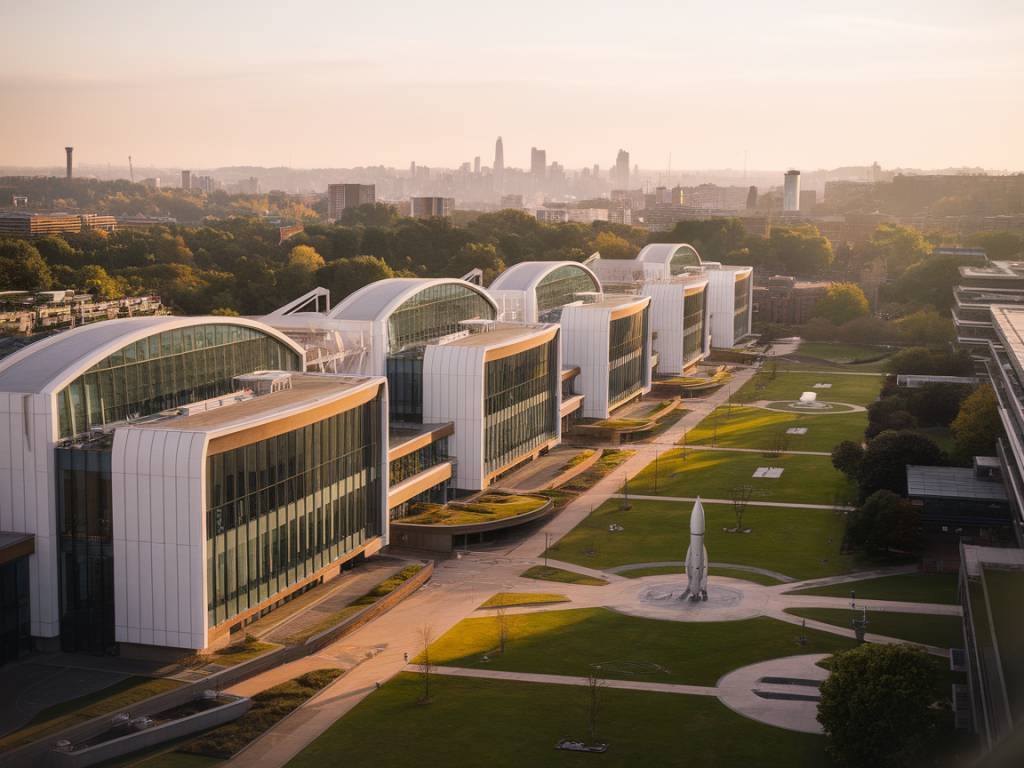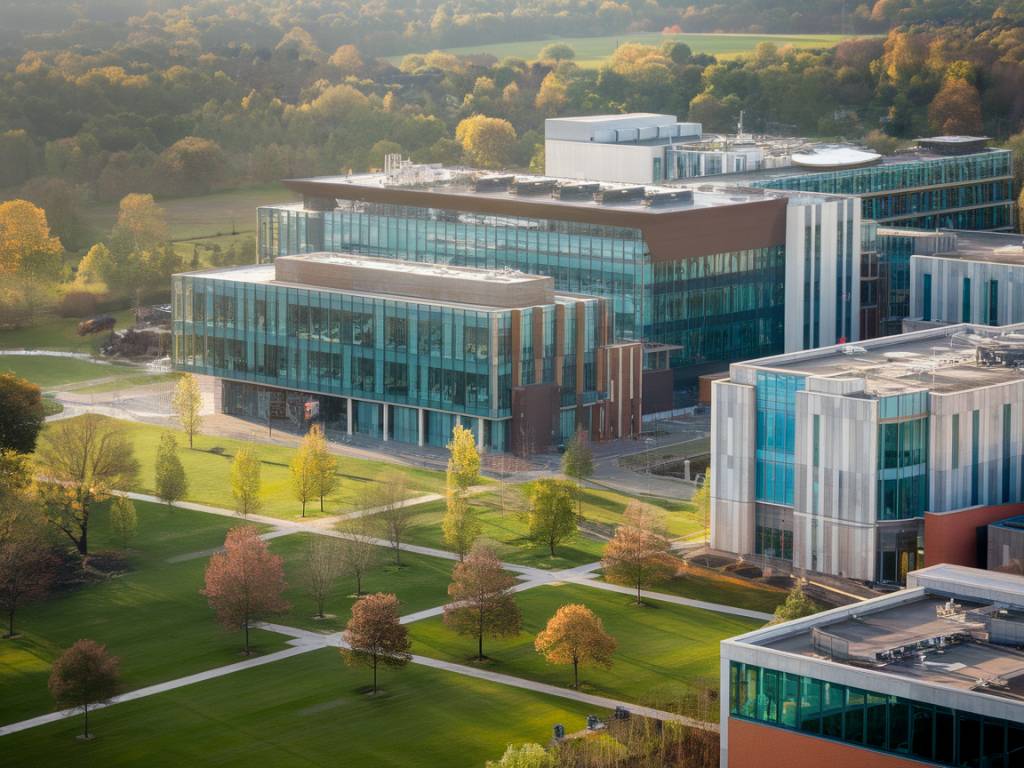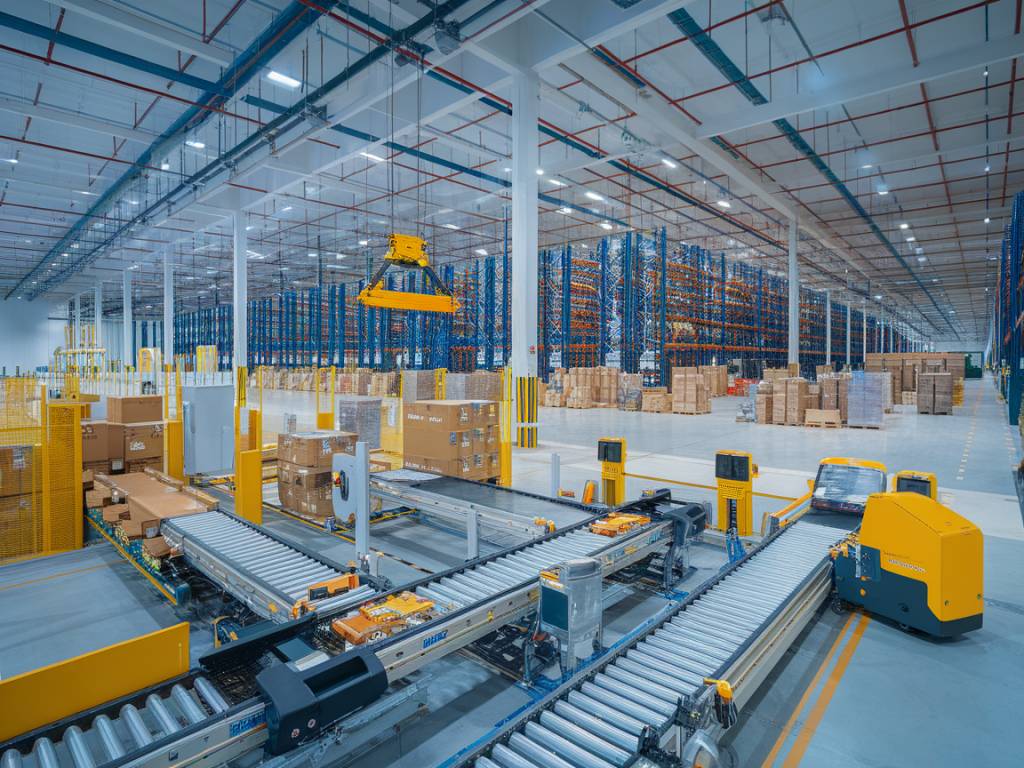The Invisible Revolution Breathing Through Our Walls
It begins quietly, often unnoticed, like a sigh slipping through half-open shutters on a summer afternoon. The hum of a cooling unit, that low mechanical murmur, has always been the ambient soundtrack of our heat-weary cities. Yet beneath that familiar drone, something deeper is unfurling—a quiet transformation in the way we cool our homes, offices, lives. The air conditioning industry, long tethered to bulky systems and energy-guzzling models, is undergoing a metamorphosis as profound as any born from Silicon Valley. And it’s not merely about comfort—it’s about sustainability, artificial intelligence, and a tectonic shift in how we coexist with the temperature of the world around us.
From Iron Beasts to Thinking Machines
To understand where we’re heading, picture where we’ve been. Air conditioners have often felt like stubborn animals—large, loud, and mostly unaware of their surroundings. Their function was binary: on or off, cold or colder. But now, with the rise of smart systems, these stainless-steel beasts are learning to think. AI-powered climate control has breached the boundaries of science fiction, making the units in our homes feel eerily aware—of weather patterns, of occupancy, of our very moods.
Take the latest AI-integrated units by Daikin or LG. These systems no longer work in isolation; they converse with weather APIs, sense motion, and adjust dynamically, tailoring the climate inch by inch. The days of thermostat debates in the office may be numbered. The machine now knows when you’re in the room. It knows if you’ve been active or still. It doesn’t just react—it anticipates.
The Rise of Green Chemistry
But intelligence isn’t enough. In a world gasping under the weight of climate change, ingenuity must make peace with the planet. Air conditioners—those symbols of modern luxury—have quietly become environmental villains. HFC refrigerants, efficient but potent greenhouse gases, leak into the air with consequences we barely comprehend. And so, scientific minds have turned their gaze toward alternative coolants—natural refrigerants like R-290 and CO₂ that carry the promise of chilling the air without heating the planet.
It’s alchemy at a molecular scale. Next-generation units are now turning to hydrocarbons, water-based systems, and even magnetic cooling—a technology that uses the magnetocaloric effect to create silent, compressor-less cooling. It may feel miraculous: cooling without gas; silence where there was once clunking metal; a whisper of tomorrow made real in a suburban kitchen.
Urban Heat Islands, Meet Neighborhood Cooling Hubs
In our cities—those sprawling, shimmering geological faults of concrete and traffic—a new challenge stokes the urgency of innovation. « Urban Heat Islands » are no longer poetic metaphors; they’re the very real suffocation of neighborhoods under layers of aggregated heat. Traditional ACs don’t help—in fact, they often make it worse by dumping warm exhaust into the streets.
This is where decentralised, district-level cooling steps in. Consider the initiative in Singapore’s Marina Bay or Paris’s eco-districts, where centralized cooling plants pump chilled water through underground networks, serving entire neighborhoods without putting a single box in a window. Imagine a city that breathes, its heat absorbed and redistributed like a lung exhaling gently into the night. This isn’t speculative design—it’s operational now.
When Sensors Become Sentinels
Technological elegance reveals itself when it disappears into the fabric of daily life. Smart ventilation, embedded temperature mapping, and adaptive filters are already here, cloaked in minimalism. Imagine walking through your home and feeling stable, even as the sun arcs from sunrise to dusk, thanks to walls imbued with thermal memory and vents that sculpt the airflow like musicians tuning harmonies in silence.
In Japan, certain residential buildings now employ micro-sensor arrays that trace humidity, detect pollutant levels, and predict thermal needs before they arise. These sensors don’t just monitor climate; they orchestrate it, creating what researchers have begun to call a “thermo-symphony”—each room harmonized, each breath calibrated.
The Business of Cool: Innovation at the Core
Beyond the circuitry, the revolution is economic. The global air conditioner market, projected to exceed $207 billion by 2030, is finding its new frontier not just in product sales, but in the service economy of optimization. Subscription-based ‘cooling as a service’ (CaaS) models have begun to disrupt traditional ownership. Instead of buying a unit, businesses—and increasingly, households—subscribe to climate comfort. You pay for coolness, not a machine.
This model opens doors to sustainability. Manufacturers retain unit ownership, incentivising them to produce long-lasting, energy-efficient systems. It’s an approach that upends not just our understanding of cooling, but consumption itself. The system doesn’t break because it was never yours to neglect. Maintenance is embedded into the business model like oxygen into breath.
Looking to Tomorrow’s Breeze
Then, there is the unexpected: the playful, the poetic. Start-ups are experimenting with inspired ventures—from solar-powered air conditioners that draw nothing from the grid to windows that shift opacity to reflect or absorb heat like giant, sentient eyelids. At MIT, researchers toy with fabric architecture that expands or contracts based on temperature, transforming tents and shelters into living organisms, their skins pulsing with thermal intelligence.
And what of sound? One of the unsung victories of tomorrow’s AC is silence. Engineers are now fine-tuning vibration through nanostructures, creating systems so quiet you’ll forget they exist. Air will feel less like a mechanical birthright and more like a gift—unnoticed, but never unappreciated.
This Summer Feels Different—And So Will the Next
The future of air conditioning is not merely mechanical. It is ecological, biological, psychological. It’s about the way we shape space, the way we invite—or repel—the outside world into our domestic sanctuaries. And more than ever, it’s about responsibility. Technologies, after all, are reflections of our collective ethics. They whisper who we are and who we hope to become.
So the next time you hear that familiar hum, pause. Listen closer. Beneath the surface, the gears are evolving. Beneath the plastic and wire, intelligence stirs. The future isn’t blowing in the wind—it’s shaping it, measuring it, making it breathable and just a little more human.
Because comfort, as it turns out, may be the subtlest kind of progress we ever learn to build.




